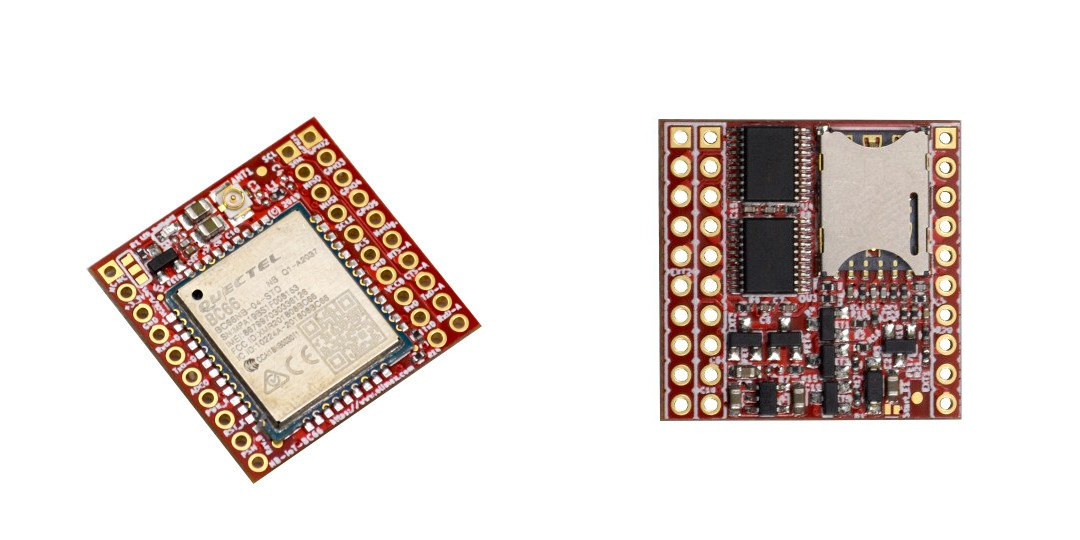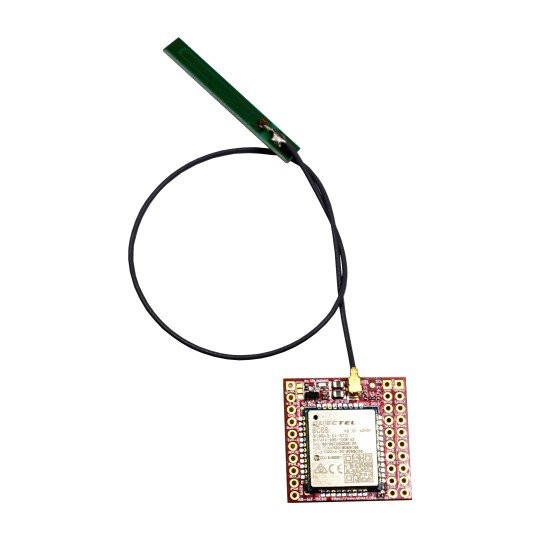Quectel BC66 NB-IoT module is found on a few development boards such as Olimex NB-IoT DevKit, works worldwide – at least where NB-IoT networks are deployed -, and can be programmed with Arduino or PlatformIO.
Olimex has now designed a breakout board fitted with Quectel BC66 module for people wanting a smaller footprint (26x26mm) and/or integrate the module easily with their own hardware.

Olimex BC66 breakout board’s features and specifications:
- NB-IoT Connectivity
- Quectel BC-66 with worldwide GSM bands coverage
- 25.5 kbps uplink and downlink
- nano SIM card slot
- u.FL antenna connector + optional antenna
- I/O Expansion – 3x 10-pin header either unpopulated or fitted with male headers; Level shifters for 5x GPIOs, I2C, SPI, UART
- Misc – Status LEDs
- Power Supply –
- Dimensions – 26×26 mm
As with other LPWAN modules, this module/board would typically be found in remote electricity, water and gas meters, smart city (parking/lighting) management systems, healthcare patient monitoring, smart farming applications, industrial monitoring and control and so on. Contrary to LoRaWAN, you have to rely on network operators to provide connectivity and cannot setup your own private network, but costs are usually low (a few dollars per year or even less), and in most cases, coverage is much better.

- NB-IoT-BC66 board only – 13.50 Euros
- NB-IoT-BC66-ANT board with cellular antenna – 14.50 Euros
- NB-IoT-BC66H board with male headers – 14.50 Euros
- NB-IoT-BC66H-ANT board with make headers and cellular antenna – 15.50 Euros
You can purchase the breakout board and find hardware and software documentation on Olimex website.

Jean-Luc started CNX Software in 2010 as a part-time endeavor, before quitting his job as a software engineering manager, and starting to write daily news, and reviews full time later in 2011.
Support CNX Software! Donate via cryptocurrencies, become a Patron on Patreon, or purchase goods on Amazon or Aliexpress




